
Indigenous Financial Management
Finally Finding Balance

Français • March 27, 2020
To shape Canada’s future economy and build Indigenous communities across the country, we need more Indigenous people in finance and management roles in both Indigenous and non-Indigenous organizations.
We need to shift from a narrative of managing poverty to one of managing wealth.
On behalf of the Future Skills Centre, The Conference Board of Canada is researching the career paths of Indigenous finance and management professionals in Canada to better understand what enables or hinders their participation in these occupations.
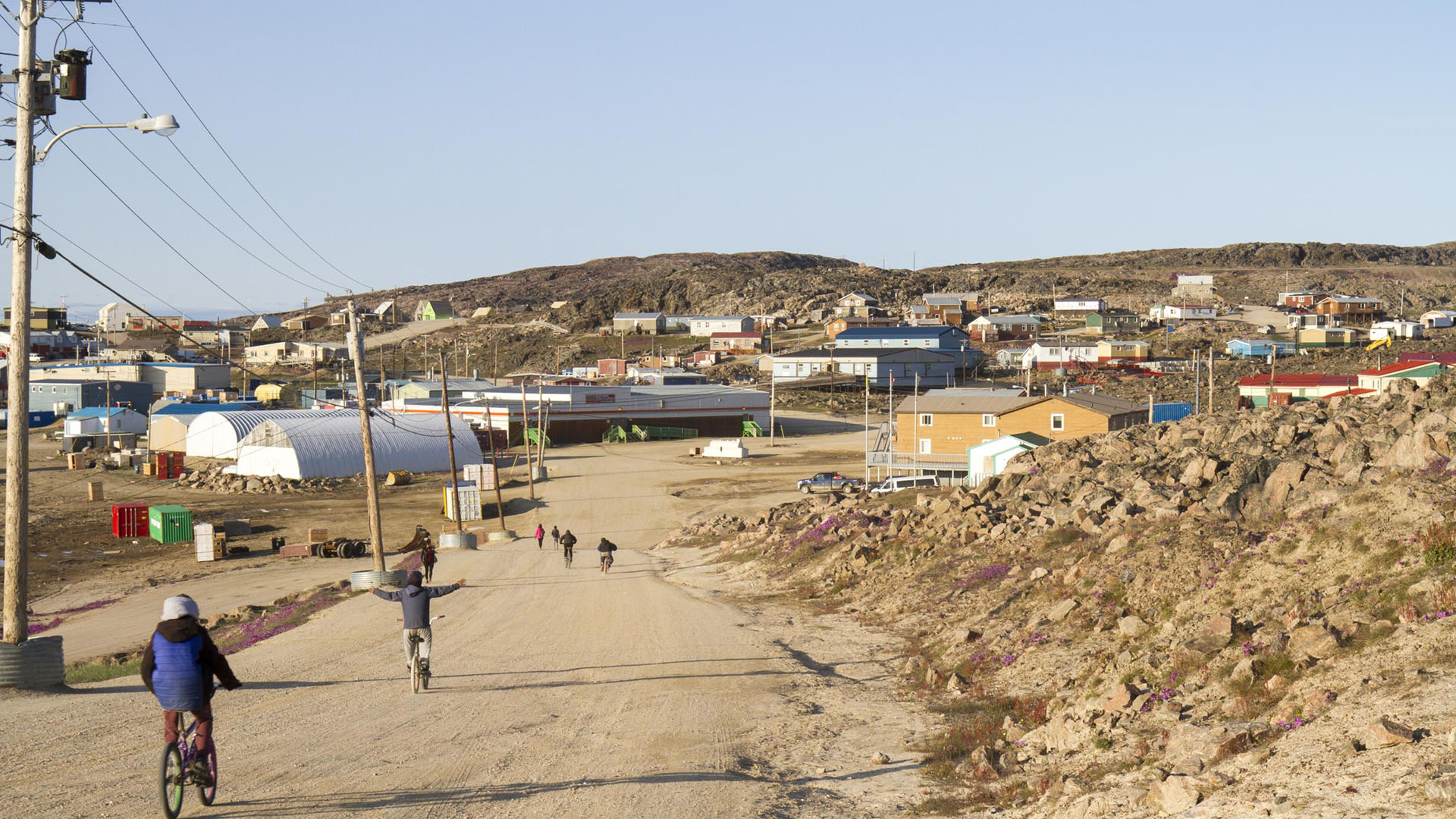
Rising tides
Poverty remains an unfortunate reality for many Indigenous communities. But recent legal decisions that recognize Aboriginal Rights and Title mean Indigenous people have more say.
Recent legal decisions
In 2014, the Supreme Court of Canada ruled that the Tsilhqot’in First Nation in B.C., as land title holders, have the right to the benefits associated with the land, including profit from economic development in their traditional territory.
Governments and others who want to use the land must obtain consent of the Aboriginal title holders.
This monumental decision builds off of the 1991 B.C. Supreme Court ruling, commonly referred to as Delgamuukw. This ruling found Aboriginal treaty rights could not be extinguished, confirmed the legitimacy of oral testimony, and stated Indigenous title rights include not only the land but also the right to extract resources from the land.
Backed by the judicial system, Indigenous groups are able to influence how economic development is pursued on their traditional territories and what types of financial arrangements they want to develop with others.
This is opening doors for some communities. Too often, though, these communities need to rely on a third party to negotiate and manage the new revenue.
Indigenous people are under-represented in finance and management occupations
(percentage of Indigenous people)
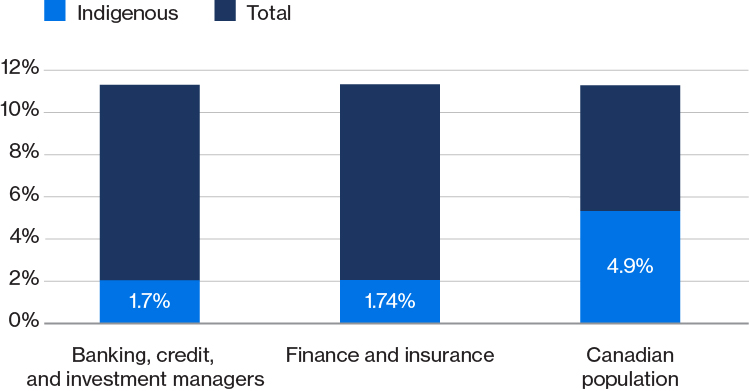
Source: Statistics Canada; The Conference Board of Canada.
Relying on others in this way can put the community’s needs and future in the hands of someone who doesn’t understand the culture or priorities.
A host of historical policies and legislation have acted as barriers to economic development and left Indigenous communities in the position of managing poverty. A notable example is the Indian Act, which has all too often constrained the ability of First Nations to pursue economic opportunities. With more control over land and resources, a door is opened for Indigenous communities to manage wealth. And that’s good for Canada.

Managing wealth
Financial management training is a way to help
re-write the poverty story.
Economic partnerships and business relationships are becoming more complex. To make the most of these opportunities, Indigenous communities need new skills—particularly in finance, business, management, and economic development
What types of training are available?
L’Association des agents financiers autochtones du Canada (AFAA Canada) offre des cours, des ateliers et trois programmes de certification :
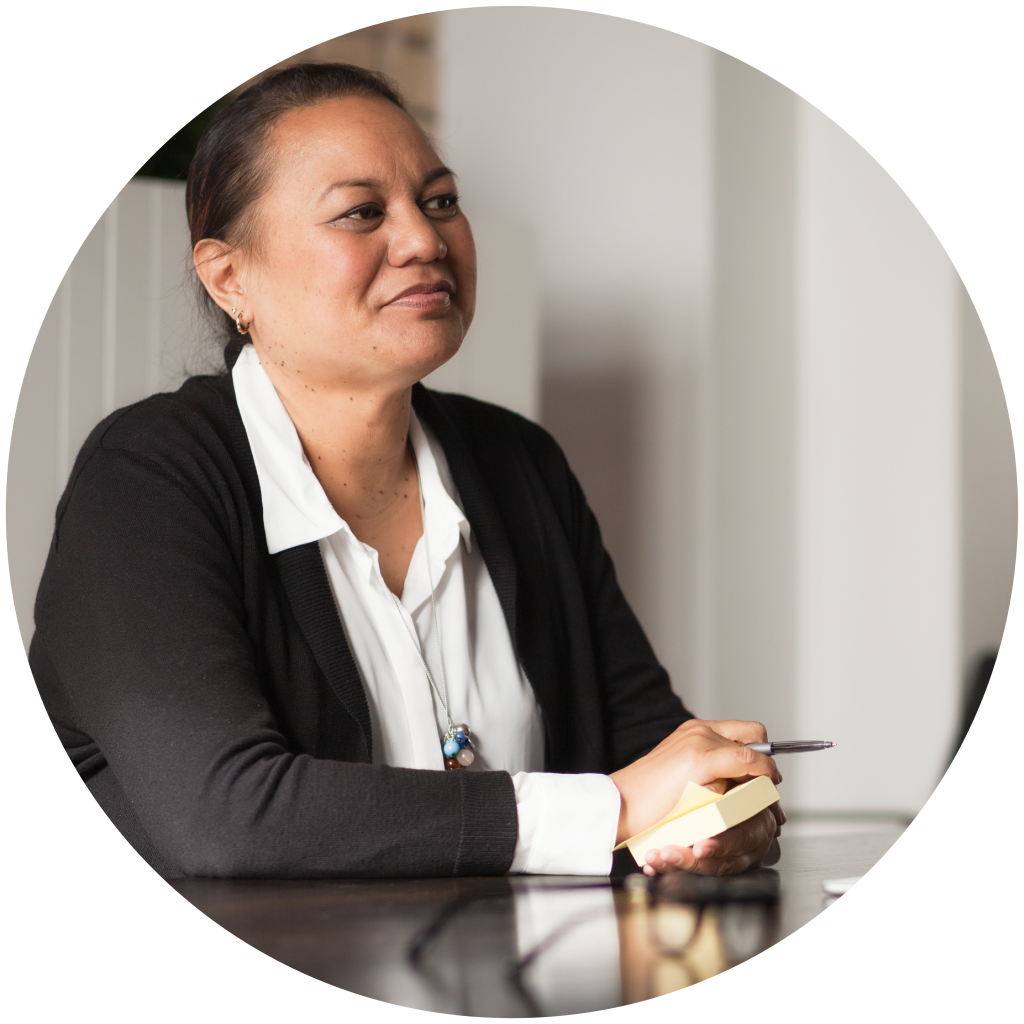
Certified Aboriginal Financial Manager (CAFM)

Certified Aboriginal Professional Administrator (CAPA)

Certified Indigenous Leadership (CIL)
AFOA Canada designed their training initiatives to enhance financial literacy and encourage Indigenous students to pursue careers in the field of financial management.
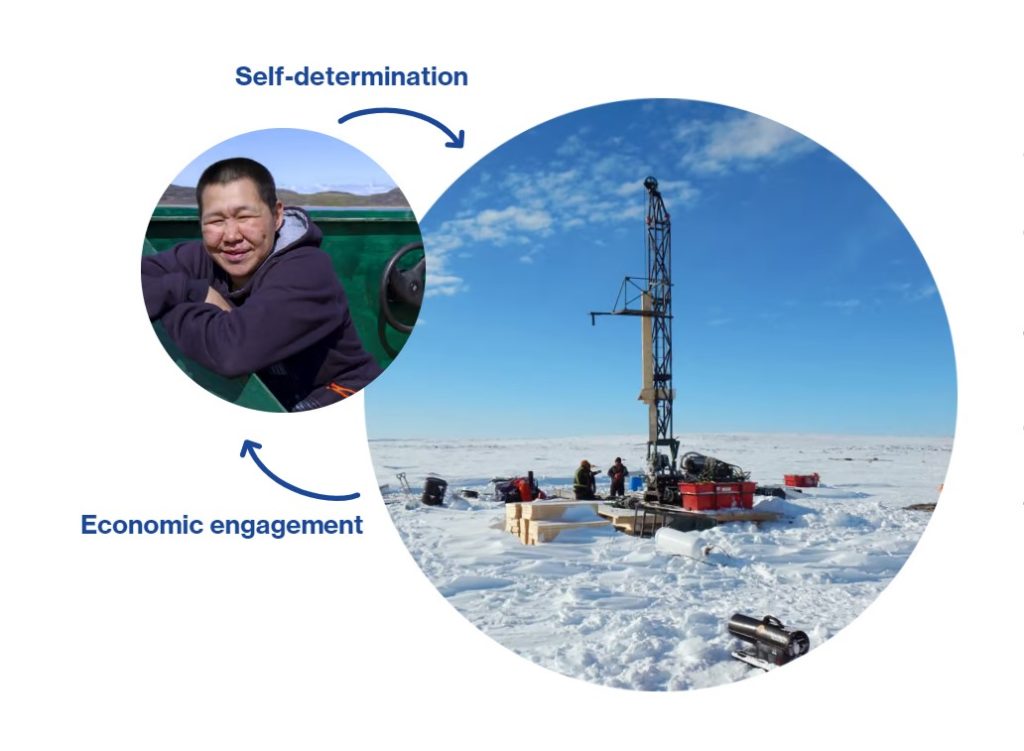
Having more control over their finances and futures should lead to more Indigenous participation in the economy. And economic engagement, in turn, plays a vital role in supporting self-determination.
To help guide decision- and policy-makers, this research project will examine the intersecting forces that influence Indigenous participation in finance- and management-related fields.

What does the road ahead look like?
We are interviewing Indigenous finance and management leaders across Canada. These individuals shed light on what the future may hold for the country if more Indigenous people pursue careers in these fields.
The good news is that the future looks bright. New and emerging opportunities for Indigenous communities are expansive and include:
- ownership in major resource development projects;
- increased entrepreneurship and participation in businesses
- development initiatives;
- increased participation in non-traditional forms of economic development;
- access to affordable capital for infrastructure and economic development;
- the rise of economic development corporations and trusts;
- strategic partnerships with corporate Canada and academic institutions;
- the changing nature of the workplace premised on inclusion
- and reconciliation.
Indigenous finance and management professionals have a role to play in these scenarios. In doing so, they will help to shape Canada’s economy and build Indigenous communities.
To get there, we need to answer a key question:
How will Canada attract Indigenous people to careers in finance and management?
Our researchers will:
- Examine the career experiences of Indigenous finance and management professionals to better understand the shared experiences and characteristics that lead to success.
- Look into how Indigenous and non-Indigenous finance and management organizations can enhance recruitment and retention, and what that will look like in the workplace of the future.
- Provide insights into how Indigenous participation in finance and management can support wealth creation, including:
- how Indigenous finance and management capacities complement a changing legal landscape;
- what exciting new opportunities are coming to the fore for Indigenous communities and their partners
FSC partners
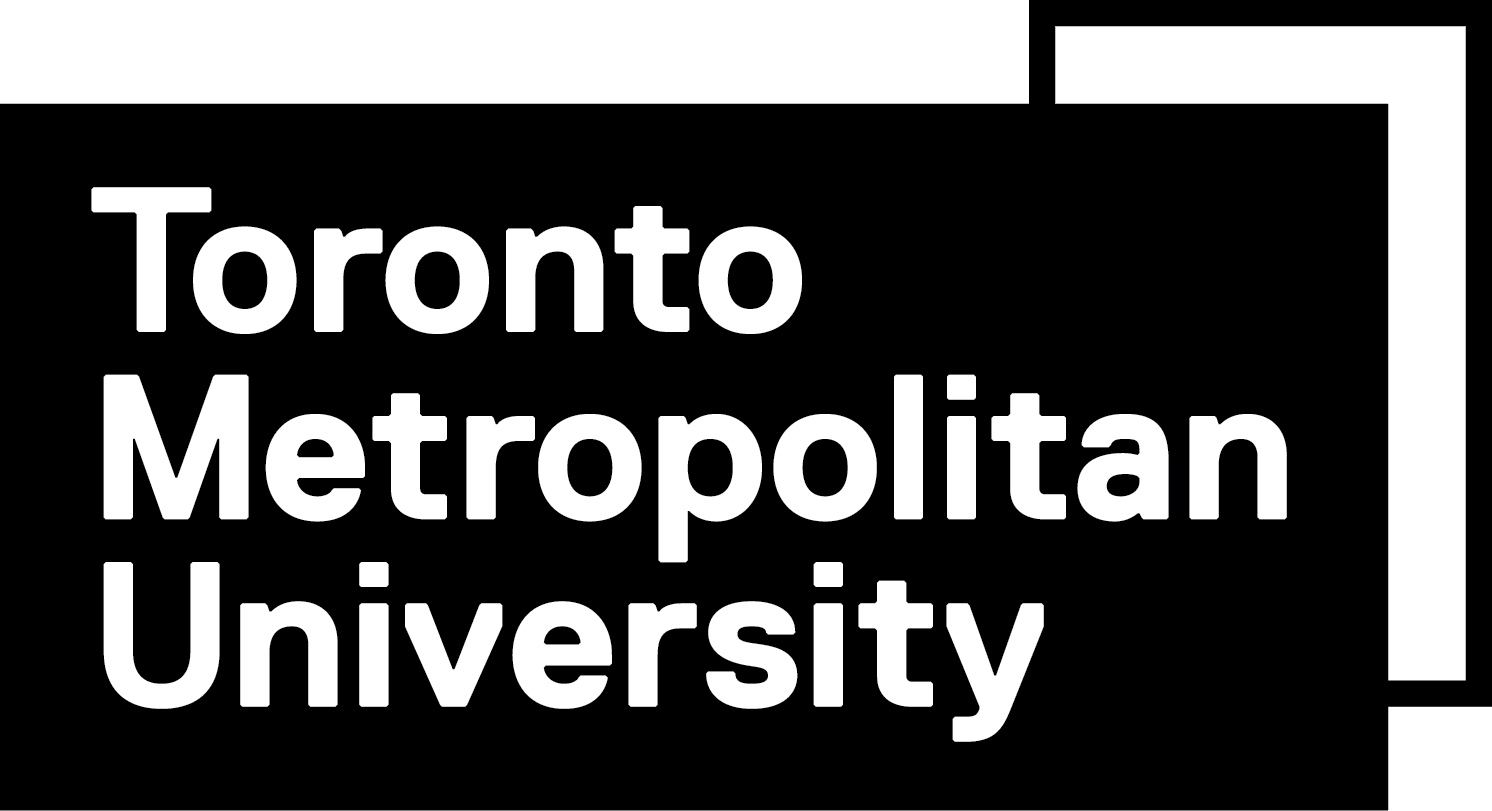



The responsibility for the findings and conclusions of this research rests entirely with The Conference Board of Canada.

